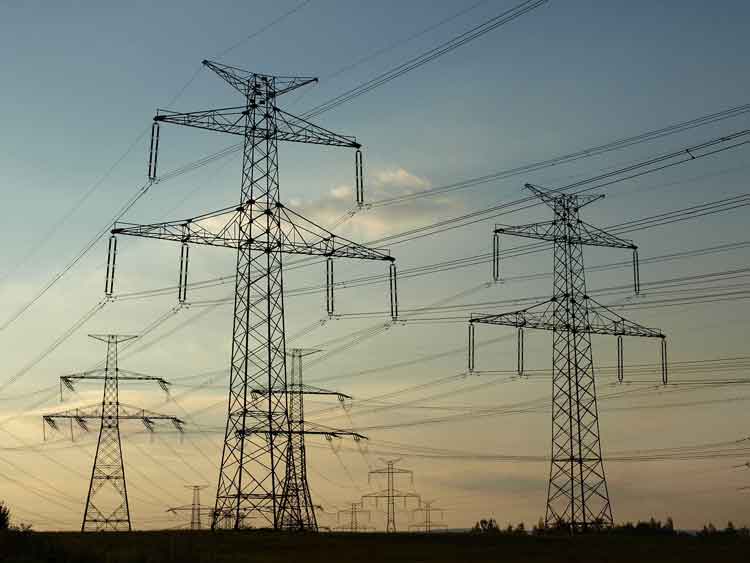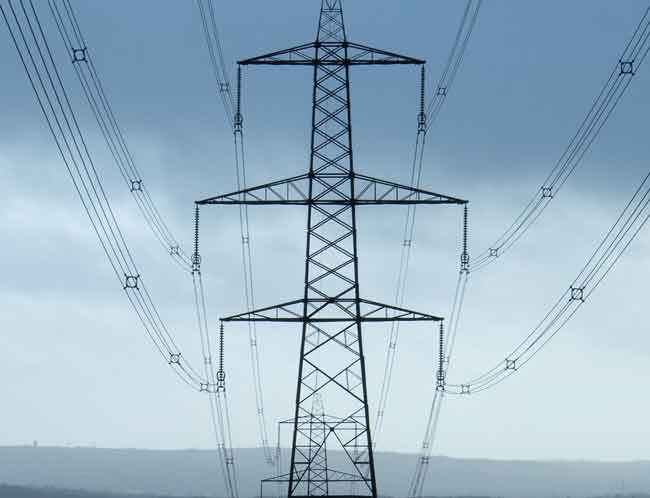Solar panels get a makeover
By Reuters
NFPA 70e Training - Arc Flash
Our customized live online or in‑person group training can be delivered to your staff at your location.

- Live Online
- 6 hours Instructor-led
- Group Training Available
Spurred by recent advances in technology, solar panel makers are scrambling to come up with neater and cleaner products that will overcome the aesthetic objections of home owners to traditional solar panels.
They are building their technology directly into different kinds of roof tiles, hiding them in walls and lining the tops of patio awnings with them.
"Bottom line, people don't want goofy looking roofs," said Julie Blunden of solar panel manufacturer SunPower Corp.
SunPower is making solar panels designed to work seamlessly with both flat roof tiles and the curved, Spanish-style clay tiles popular in parts of California and other sunny places. SunPower, controlled by Cypress Semiconductor, is the leading U.S. manufacturer, but has half its sales in Europe.
Lumeta, a division of DRI Energy, has similar integrated panels in the final stages of industry certification, manufactured by China's Suntech Power Holdings Corp.
Both SunPower's and Lumeta's panels are made using silicon, the same raw material used in solar panels since the 1950s. Advances in technology using a new semiconductor called copper indium gallium selenide (CIGS) promises much thinner panels that are easier to hide.
For now though, thin-film panels are less efficient than silicon and manufacturers such as DayStar Technologies Inc are focusing on the commercial market because of economies of scale.
"Because it's capital-intensive, the way to get cost down is to get volume up, so the thin-film manufacturers are looking for more high volume production applications - that's how you can get the cost parity to silicon," said Bret Adams, a spokesperson for DayStar.
Although thin film is a relatively new technology, John Langdon of thin-film start-up HelioVolt said he expects it to dominate residential use as it becomes part of the building process.
"Solar power today is where air conditioning was in 1950 - everything is a window unit designed for retrofit on existing construction - its more expensive, its not as good, its not as a cost effective," Langdon said. "But by 1960 no one built a building without saying 'Should I put a central air system in?' - and the same thing is going to happen with solar."
Until recently, solar panels were about six inches thick and mounted with brackets on top of existing roofs or custom designed racks.
But with energy prices climbing, and authorities offering subsidies for solar power, the solar industry is beginning to recognize aesthetics as one of the last barriers to solar power in the residential market, despite a housing slump in the United States.
"At first you don't even notice they're solar," said Tony Fortenberry, who bought a home in Rockland, California, in September with solar panels manufactured by SunPower on its roof.
"The tiles are completely integrated into the roof," Fortenberry said. "It has a more elegant appearance and it doesn't look like an add-on."
The number of solar installations in the United States rose 45 percent to 150 megawatts in 2007, according to the Solar Energy Industry Association, or the equivalent of the total energy use of about 37,500 homes.
Total solar capacity of 3,400 MW, not including pool or lighting systems, was less than 1 percent of U.S. annual use last year, leaving plenty of room for growth.
Although such aesthetic designs are more expensive than the rack-mounted systems, they appear to make sense in new developments, where reduced installation costs and less-invasive designs can help convince builders and prospective buyers of the merits of solar power.
According to SunPower's Blunden, the solar business is dependent on builders, who must be convinced that it is cost-efficient and that buyers will like the way they look.
In the United States, a typical market price for retro-fit add-on systems is about $8 per watt, split roughly equally between hardware and installation. This translates into about $40,000 for a 5 kilowatt system, before government subsidies and reimbursements.
Another product, Lumeta's PowerPly, which has adhesive backing, eliminates the need for a rack-mounted systems and can reduce installation costs by about 70 percent.
For homeowner Fortenberry, the integrated roof was so successful that he questions why the developer didn't go a step further.
"Why do I have a solar panel integrated into my roof? Why isn't my entire roof a solar panel?"











